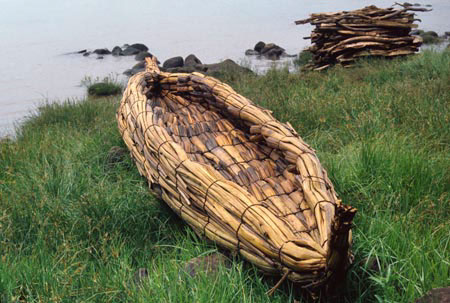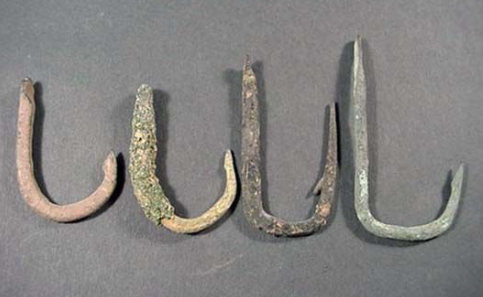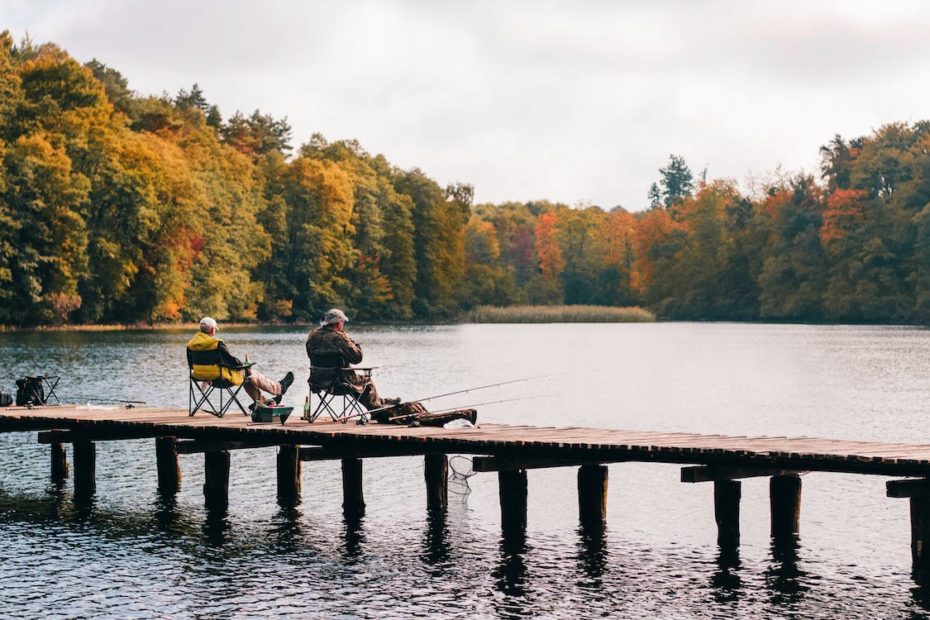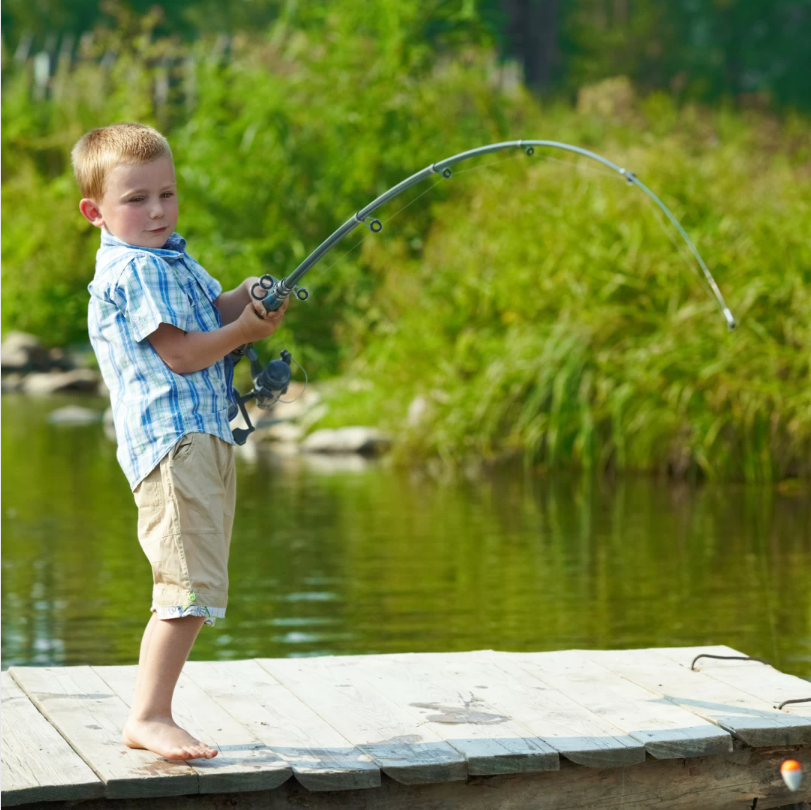Fishing has been an important part of human history for thousands of years. In fact, fishing is one of the oldest occupations and has played a crucial role in human survival and development. From the earliest days of fishing to modern times, the evolution of fishing techniques and equipment has been a fascinating journey. In this article, we will explore the earliest days of fishing and how it has developed over time.
The earliest evidence of fishing dates back to around 40,000 years ago. In Europe, ancient humans used bone hooks and nets made from plant fibers to catch fish from rivers and lakes. The earliest known depiction of fishing was found in a cave in southern France and dates back to around 15,000 years ago. The painting shows a figure holding a spear and standing in a canoe, indicating that fishing was an important activity for early humans.
As humans continued to develop, so did their fishing techniques. Around 7,000 years ago, people in ancient Egypt used reed boats and nets to fish in the Nile River. The ancient Egyptians also developed methods of preserving fish through drying, salting, and smoking, which allowed them to store fish for long periods of time.

In ancient Greece, fishing was a common activity for both recreation and food. The Greeks used handlines and baited hooks to catch fish, and they also developed the first fishing tackle, such as rods and reels. The Greeks also practiced aquaculture, the farming of fish in ponds and tanks, which allowed them to control the breeding and growth of fish.

In ancient China, fishing played an important role in the country’s economy and culture. The Chinese developed the first fishing boats, using bamboo rafts and nets to catch fish in rivers and lakes. They also practiced fish farming, raising carp and other fish in ponds and rice paddies.
In the Middle Ages, fishing continued to be an important activity for both food and commerce. In Europe, fishing became a major industry, with fisherman using nets and lines to catch fish in the North Sea and other bodies of water. The development of the fishing industry led to the construction of large fishing boats and the establishment of fishing villages along the coast.
In the 18th and 19th centuries, the Industrial Revolution brought about significant changes in the fishing industry. Advances in technology, such as the development of steam-powered boats and the use of steel nets, allowed fisherman to catch fish on a larger scale than ever before. However, overfishing led to a decline in fish populations, and many fish species were threatened with extinction.
In the 20th century, the development of modern fishing techniques and equipment brought about significant changes in the fishing industry. Commercial fishing became a global industry, with fisherman using large trawlers and advanced sonar technology to catch fish in the oceans. The use of longlines and fish farms allowed for the farming of fish on a massive scale.
Today, fishing continues to be an important industry, providing food and livelihoods for millions of people around the world. However, overfishing and pollution continue to threaten fish populations and the health of our oceans. As a result, there has been an increasing focus on sustainable fishing practices, such as catch-and-release fishing, using biodegradable fishing gear, and reducing the amount of fishing in sensitive areas.
In conclusion, fishing has been an important part of human history for thousands of years, providing food and livelihoods for people around the world. From the earliest days of fishing with bone hooks and reed boats to modern fishing techniques using advanced technology, fishing has undergone a significant evolution. As we move forward, it is important to remember the importance of sustainable fishing practices and to protect our oceans and the fish populations that depend on them.


